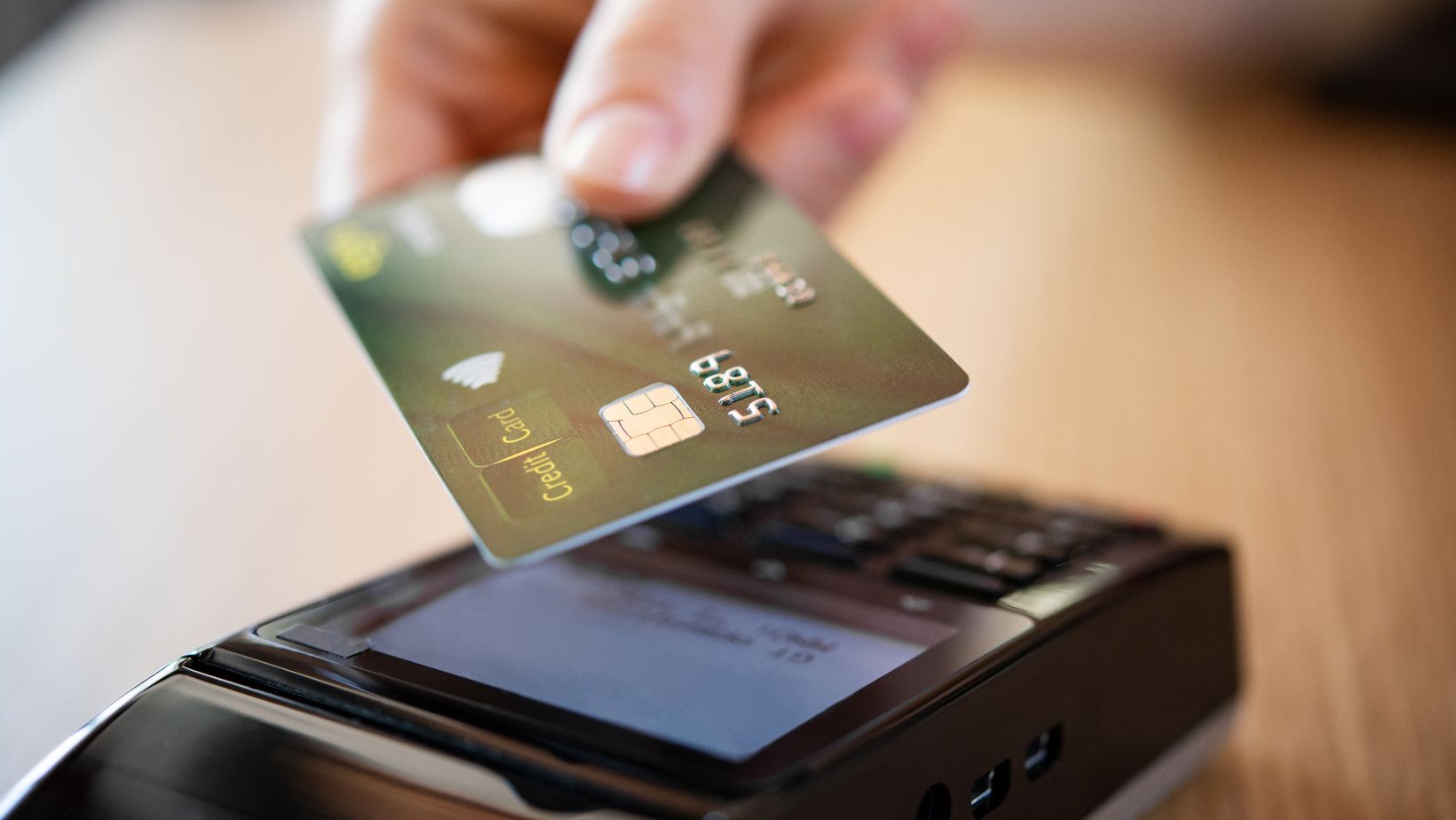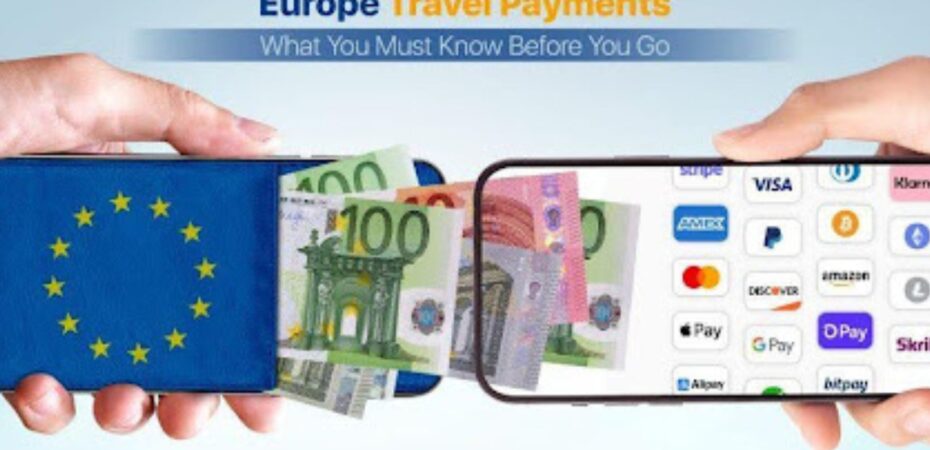In Europe, digital payments increase yearly while the use of cash decreases. Yet cash in Europe still accounts for over half of in-store transactions. Cards are now the main non-cash payment methods in Europe by value.
Most European payment processors support contactless cards and mobile wallets in cities. Instant payments in euro are being rolled out under EU Regulation 2024/886. To travelers, it means simple rules: have at least one international credit or debit card, better still a Visa or Mastercard; keep some cash in Europe for small or rural purchases, in addition to any emergency needs; use online payment methods and digital wallets in Europe where the fees are low.
Quick Travel Checklist: What To Take With You
Here’s a compact, practical checklist for payment methods in Europe:
- One travel debit card Europe with no foreign transaction fees. Look for cards tailored for international travel to avoid hidden fees;
- One credit card (Visa/Mastercard). A dedicated European credit card simplifies large payments, rentals, or in emergencies;
- A small amount of cash (euros and/or local currency). Useful for markets, small cafes, or places where terminals won’t work;
- Mobile phone + charger/portable battery. Many payments and verifications now happen via phone;
- eSIM or local SIM. Enables mobile payments and banking app notifications without roaming problems;
- Notify your bank about your trip. Prevent your travel money card from being blocked for suspected fraud abroad;
- Set up push notifications and check your limits/3-D Secure codes. Enables real-time monitoring of spending and quicker fraud detection;
- Check card and ATM withdrawal limits. Some banks block large withdrawals or require pre-approval when abroad.
This checklist helps ensure you’re ready for multiple payment methods in Europe and can avoid unnecessary fees or issues when travelling.
How Much Cash To Take And Where It Is Needed
Cash remains widely used in parts of Europe, despite digital payments growing fast. In the European Central Bank (ECB) “Study on the Payment Attitudes of Consumers in the Euro Area (SPACE) 2024”, cash was used for 52% of point-of-sale (POS) transactions in the euro area. This compares with 59% in 2022, showing gradual decline.
Cash is still very relevant in Central and Eastern Europe, at markets, small cafés and in remote or rural regions of Western Europe. The survey notes that for small-value purchases, especially, cash remains the most used method.
As a traveler, then, plan to carry a week’s worth of cash in euros or the local currency. That provides a buffer for places where card terminals are offline, not accepted, or only accept local payment methods. Mix in local currency if the destination uses a non-euro currency or where cash is dominant. Use ATMs to withdraw modest amounts rather than exchanging large sums in advance. Use cash primarily for markets, tips, small cafés, public-transport tickets or remote regions where cash acceptance remains high.
Payment Cards: Which To Bring And How To Use Them
When you travel across Europe, your choice and handling of cards matters. First, two networks dominate: Visa and Mastercard. Both offer excellent acceptance across most European countries.

In contrast, American Express and Diners Club often face more limited acceptance. It helps to carry both a European debit card and a credit card. Here’s a quick comparison.
| Type of card | Best used for | Key travel-tip |
| Debit card | ATM cash withdrawals, everyday spending | Choose one with low or zero foreign-transaction fees |
| Credit card | Hotel bookings, car rentals, large bills | Ensure it has travel protection and low foreign fees |
Using a travel currency card with minimal foreign-transaction fees is especially important because many banks add 1-3 % or more on overseas payments. Online and mobile payments in Europe often require multi-factor authentication under the PSD2 directive, through 3‑D Secure or similar. Be ready to approve via SMS or banking app when you pay online.
In cities you’ll find contactless payments everywhere. But some countries set PIN-entry thresholds after multiple taps. It makes sense to enable contactless and check your card’s limit and settings. Here is a practical tip. Add both cards into your mobile wallet (like, Apple Wallet or Google Wallet). This gives you a backup option if you misplace one physical card. With the right cards and preparation, you’ll minimize fees and maximize convenience when using payment methods in Europe.
Mobile/Digital Wallets (Apple Pay, Google Pay, PayPal, etc.)
The popularity of digital wallets in Europe is growing fast. According to the report, mobile wallets accounted for a large portion of in-store and online transactions across many countries. For example, in the market survey of 2024 the proximity-technology segment (like, mobile wallet/NFC-enabled) held 54.3 % of mobile wallet share.
Adoption varies widely by country. In Germany, PayPal enjoys strong usage thanks to its long presence. In the Netherlands, iDEAL dominates online bank‐to‐bank checkout. In Sweden (and across Scandinavia) regional apps like Swish and Vipps are common. In Switzerland the domestic wallet Twint is widespread. In Denmark/Finland, MobilePay and Vipps lead.
Digital wallets also support quick online spending across various European platforms. Many travelers use them for shopping, bookings, or entertainment, and some users on gaming sites receive bonuses when paying via an e-wallet, as with platforms that offer incentives similar to a free spins casino after registration, allowing fast deposits without card details.
Before you travel, check whether your phone supports the local wallet apps of your destination. Install Apple Pay and/or Google Pay, plus PayPal. Having an e-wallet facilitates both peer-to-peer transfers and online payments.
Transport, Tipping And Small Practicalities
In most large cities across Europe, it is possible to use a contactless payment card or mobile wallet to pay when using public transport. It may not yet eliminate the need to have a travel-card or app, particularly in smaller systems. The customs of tipping also differ significantly in Europe. In other countries like Italy and Spain, tipping is not compulsory.
In Scandinavia tipping is practically unanticipated. It is prudent to have a pocket full of tiny coins or money to tip the hat in the areas that are used to it. Note also, there are other minor traders, cafes or country stores which might not take international cards, just cash or a local mobile wallet.
H2 FAQ
Do You Need Cash In Europe?
Yes. A moderate amount of cash is useful; cards will usually cover urban areas.
Which Card Should You Take?
Carry a Visa or Mastercard and one card with no foreign-charge.
Does Apple Pay/Google Pay Work Everywhere?
It is common in major cities, but acceptance depends on the country and merchant.
How To Avoid DCC?
Always choose to pay or withdraw in the local currency, not your home currency.







